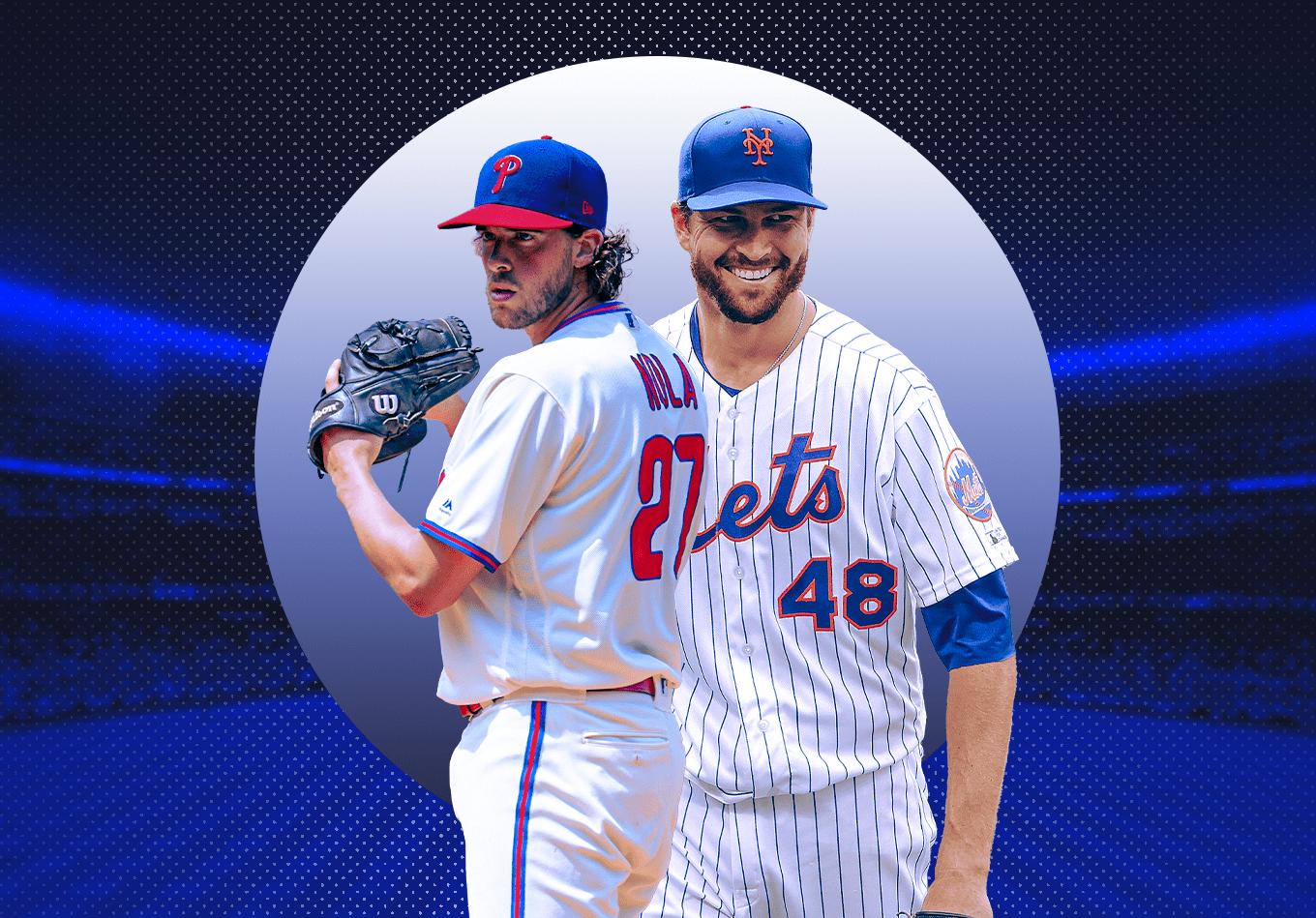While whiff+ offers a more thorough analysis of a pitcher’s stuff by determining the rate at which he generates swings and misses, strike+ takes that concept a step further.
Ultimately, the goal of strike+ is to discover how good a pitcher is at generating whiffs or getting called strikes based on his pitch types. However, what might be most interesting – and telling – about the metric is what could be found when comparing a pitcher’s strike+ to his whiff+.
Like whiff+, which was developed as a tool that enables analysts to compare players of different years on the same scale (something other swing and miss rate statistics aren’t able to accomplish), strike+ is based on the league average pitch type for that season.
But instead of just looking at whiffs, strike+ also includes strikes the pitcher gets on the umpire’s call since they have the same value. So if the batter takes the pitch, we’ll add the called strike probability to the calculation.
Let’s say the average fastball has a called strike or swing and miss rate of 25% and a pitcher gets a whiff or the umpire calls a strike on 27% of his fastballs. By this, we can assess that pitcher has a strike+ of 108 – 8.0% above the league average. The range on the strike+ metric is quite a bit smaller than that of whiff+.
Using 2020 data as an example, many of the game’s top strikeout pitchers headlined the strike+ leaderboard as one might expect. But Aaron Nola of the Philadelphia Phillies was a good example of the kind of pitcher who might be elite in strike+ more than whiff+. Though he ranked 36th in the majors in whiff+, he finished second in strike+. Why?
Nola got a lot of hitters to swing and miss his devastating curveball that drops out of the strike zone, but he also generated a lot of called strikes – and very few whiffs relatively speaking – with his two-seam fastball. Pitchers who have above-average command are typically going to be ranked higher in strikes+ than they are in whiff+. (Nola also ranked third in MLB in command+.)
That was evident throughout the strike+ top 15 in 2020, which included command+ leaderboard regulars Zach Davies and Kyle Hendricks. Davies led the majors in command+ in 2020 but was 138th in whiff+ of out 160 big-league hurlers who faced at least 130 batters. Likewise, Hendricks ranked seventh in command+ but 62nd in whiff+.
For a look at which players are currently the best in the majors this category, check out our metrics leaderboard.
Data modeling provided by Lucas Haupt.
